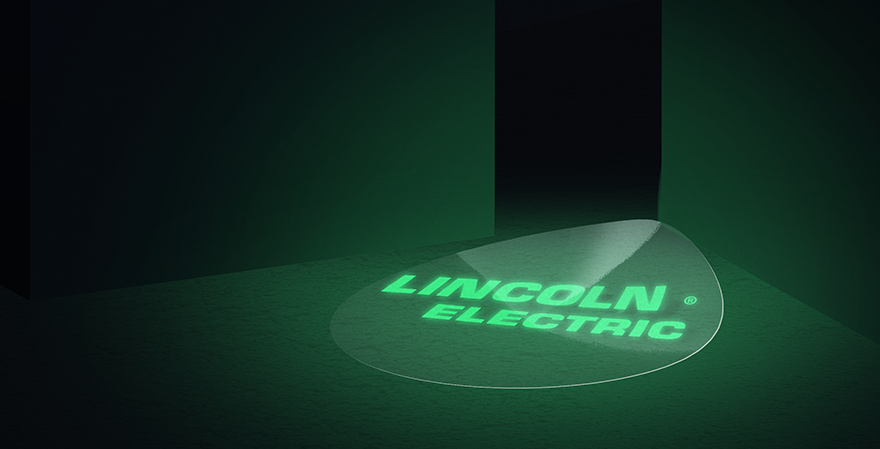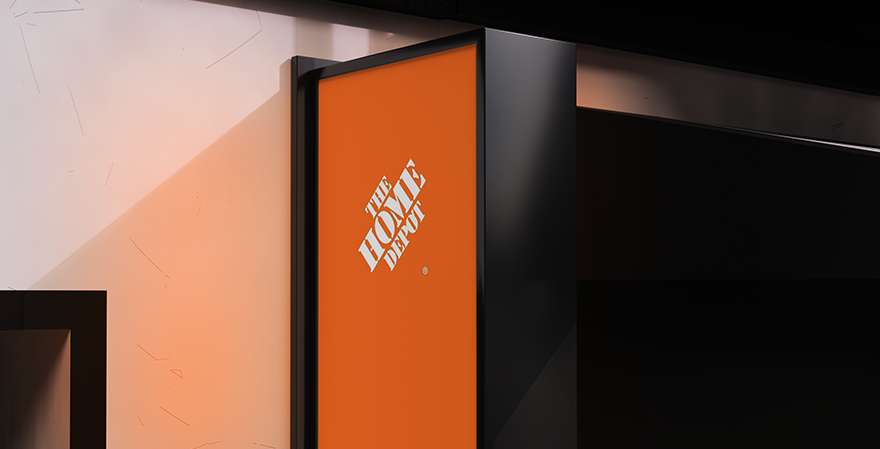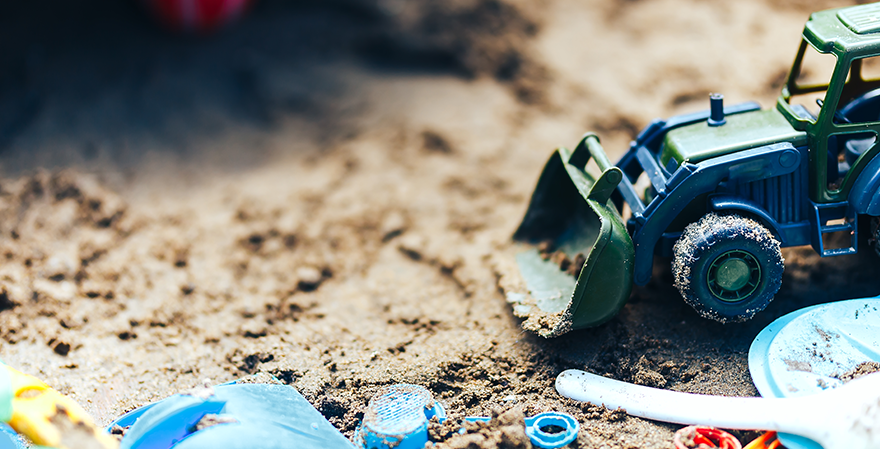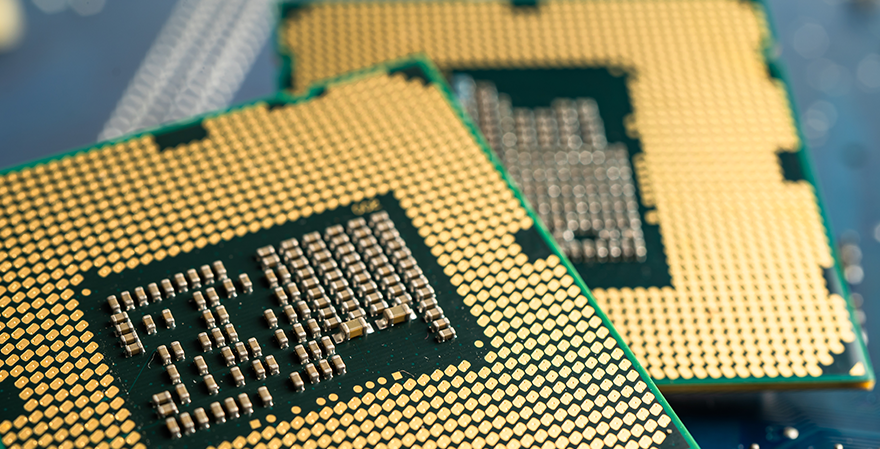SpaceX Defends 'Starlink' Brand as It Expands Satellite Empire
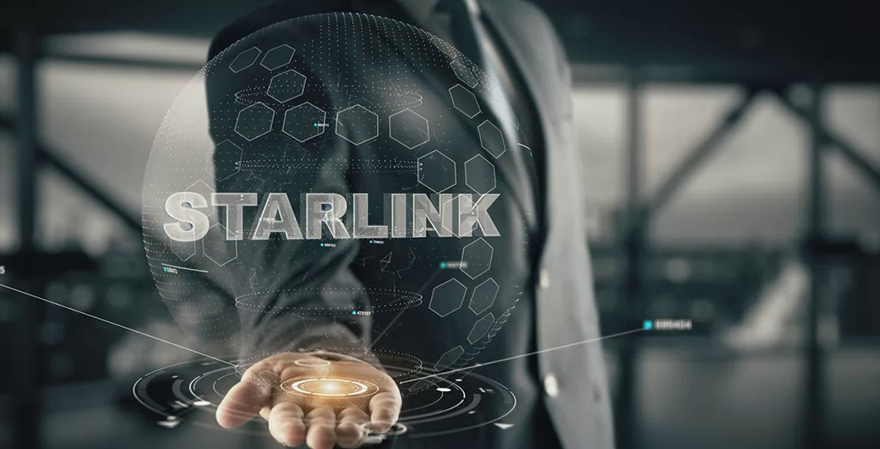 Jul/02/2025
Jul/02/2025
On July 1, SpaceX lodged a U.S. opposition against Shenzhen Winner Bros Import & Export Co.’s trademark application for 'XTAR-LINK', citing its unmistakable similarity to SpaceX’s renowned 'Starlink' mark—a resemblance made visually evident in the accompanying graphic. SpaceX’s legal maneuver comes as the company’s satellite internet arm, Starlink, has grown into a critical connectivity provider, generating $8.2 billion last year and expanding its fleet to over 5,400 satellites, with plans for 12,000. While Starlink has supported war zones like Ukraine and made inroads in Africa, it faces persistent regulatory hurdles and concerns over its impact on astronomy. Meanwhile, the U.S. telecom sector is straining to keep pace with exploding data demands driven by AI and cloud technologies, spurring interest in satellite-based alternatives to traditional broadband. As T-Mobile, Comcast, and other incumbents shore up their networks, Starlink’s broad rural reach has cemented its strategic role—making SpaceX’s vigorous trademark defense as much about brand stewardship as about maintaining a technological lifeline for millions.
OpenAI and Former Apple Designers Fend Off Trademark Dispute Over 'io' Name
 Jun/25/2025
Jun/25/2025
In a recent filing before the U.S. District Court for the Northern District of California, OpenAI, io Products, and their collaborators — including former Apple design icon Sir Jonathan Ive — presented a rebuttal to iyO Inc.’s motion for a temporary restraining order and preliminary injunction. iyO, a startup specializing in custom audio devices, alleged trademark infringement over its pending 'IYO' mark, filed on July 17, 2023. Following visualisation shows detail info on this pending 'IYO' trademark filed by iyO Inc., illustrating its scope and intended application in the wearable audio space. The defendants countered that the dispute lacks ripeness, as no io-branded product has been commercialized, advertised, or offered for sale, making any risk of consumer confusion purely speculative. They highlighted that io’s vision for AI-integrated hardware remains at least a year from market entry and that the Sleekcraft confusion factors cannot be meaningfully assessed absent concrete commercial activity. Further, the defense underscored iyO’s highly specialized, professional customer base—musicians, engineers, and auditory scientists—as unlikely to conflate the parties. The motion, they argued, amounted to a tactical ploy to pressure business negotiations rather than address a legitimate legal grievance.
Nike’s New Footwear Trademark Lands as Jordan 40 Launch Approaches
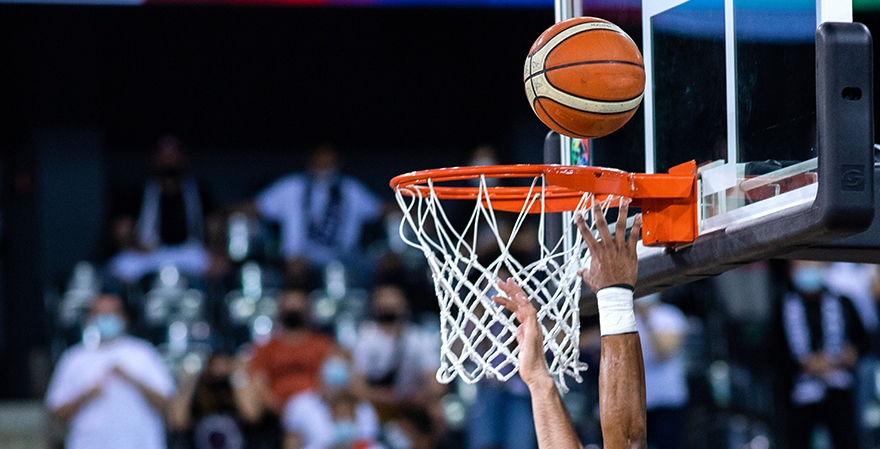 Jun/27/2025
Jun/27/2025
On June 3, Nike unveiled a new graphical trademark for its footwear, coinciding with the introduction of the 40th Air Jordan—a design milestone carrying formidable expectations. The Jordan team, led by Jason Mayden, navigates the perennial challenge of honoring a line that helped spark modern sneaker culture while keeping its innovation fresh and culturally relevant, balancing inspiration from Michael Jordan’s personal tastes with a keen eye on basketball-obsessed youth. The Jordan 40, slated for July release at $200, takes a restrained yet technologically advanced approach, weaving subtle homages to past models into an elegant, simplified silhouette backed by cutting-edge running shoe foam. Meanwhile, Nike faces cost pressures as tariffs threaten to add $1 billion in expenses this year, prompting the company to weigh strategic price increases and efforts to diversify sourcing away from China. In the background, the Jordan Brand continues to captivate a diverse following—from high school dreamers to NBA stars—even as it wrestles with the commercial legacy of its own success.
Hasbro Navigates Restructuring Amid Trademark Revival and Tariff Pressures
 Jun/18/2025
Jun/18/2025
As Hasbro revives its nostalgic brand portfolio—filing a new U.S. trademark for 'CROSSFIRE', a parlor-style game kit—its broader business strategy reveals a company under economic and operational duress. The toymaker, best known for franchises like Monopoly and Nerf, announced it would lay off approximately 150 employees, or 3% of its global workforce, as part of a sweeping multi-year restructuring initiative aimed at trimming $1 billion in costs. This latest round follows deeper cuts made in 2023 and comes as the company grapples with tariff-driven cost inflation, especially given its heavy reliance on Chinese manufacturing. CEO Chris Cocks has explicitly linked the downsizing to protectionist trade policy, warning that tariffs not only compress margins but ultimately raise prices for consumers and jeopardize jobs. Despite these headwinds, Hasbro’s performance in tabletop gaming remains buoyant—Magic: The Gathering and Dungeons & Dragons have delivered robust first-quarter growth, with overall sales climbing 17%. However, share prices dipped 3.3% following the layoff announcement, signaling investor unease about long-term exposure to geopolitical and supply chain volatility, even as the stock remains up 21% year to date. Following visualisation shows detail info on new Hasbro trademark.







